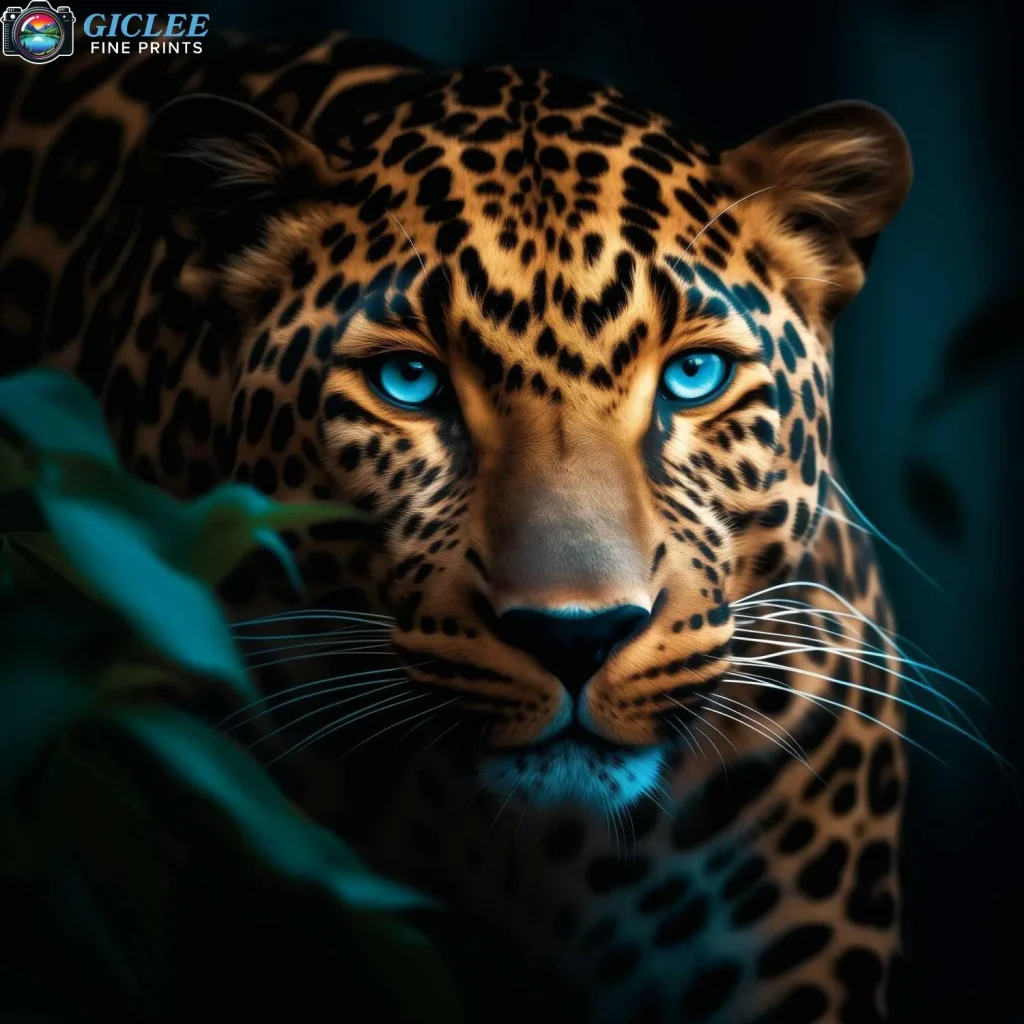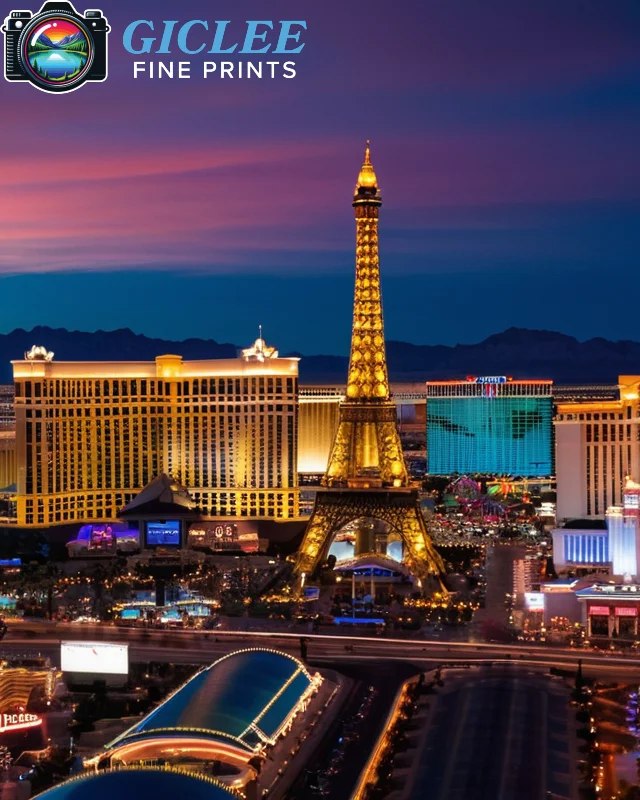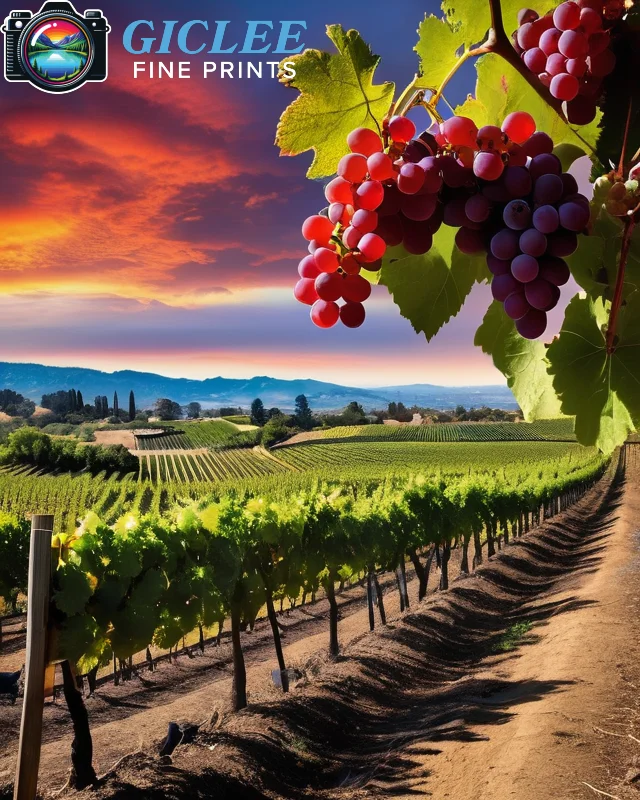
When it comes to reproducing your artwork as canvas prints, fine art paper prints, metal prints, or even peel-and-sticks for walls, capturing the highest possible image quality is key. The right camera can help you showcase accurate colors, intricate details, and subtle textures, ensuring that your final prints convey the true essence of your work. At Giclee Fine Prints, we’re dedicated to helping you achieve impeccable reproductions.
Understand Your Needs and Budget
Before investing in a camera, consider the type of artwork you’re photographing and how you plan to display it. Do you specialize in large-scale paintings destined for canvas prints? Or are you aiming to highlight delicate details ideal for fine art paper reproductions? By clarifying your goals, you’ll have a better sense of the resolution, sensor size, and additional features you need. Keep your budget in mind and remember that there are excellent mid-range cameras that balance quality and affordability.
Choose the Right Sensor Size
A camera’s sensor size significantly influences image quality. Larger sensors capture more light and produce cleaner images with richer colors and better dynamic range. Full-frame sensors are often preferred by professionals for their ability to capture more detail—perfect for translating intricate brushstrokes or pencil lines onto fine art paper or metal prints. Crop-sensor cameras can still deliver great results, especially if paired with the right lens and proper lighting.

Prioritize Image Resolution
High resolution is paramount when photographing art for large-scale prints or peel-and-sticks for walls. More megapixels mean more potential detail. Aim for at least 20–24 megapixels if you plan to make sizable reproductions. However, remember that resolution alone isn’t everything; lens quality, proper exposure, and lighting techniques also play crucial roles in achieving sharp, detailed images.
Consider Color Accuracy
Accurate color representation ensures that your printed artworks remain true to the originals. Cameras that offer excellent color accuracy and flexibility in white balance adjustments are essential. Look for cameras that support RAW format shooting, giving you the freedom to fine-tune colors and exposure in post-processing. Precise color reproduction is especially important when your final prints will appear on canvas, where nuances in hue and tone can greatly influence the viewer’s experience.

Lens Selection Matters
The lens you use can be just as important as the camera body. Prime lenses with focal lengths around 50–100mm are popular choices for photographing artwork, as they minimize distortion and help maintain sharpness edge-to-edge. Investing in a quality lens ensures the textures and colors of your painting, sculpture, or illustration translate faithfully onto your chosen print medium—be it fine art paper, metal prints, or peel-and-sticks for walls.
Don’t Overlook Lighting and Accessories
Even the best camera will struggle without proper lighting. Consider using continuous, natural lighting or soft studio lights to reduce glare and reflections. A sturdy tripod helps maintain stability, keeping your images sharp and consistent. Additionally, a color calibration tool and gray card ensure accurate white balance and colors right from the start.
Contact Us
Our address is: 3816 Pioneer Trail Ste #3, South Lake Tahoe, CA 96150
Email: Info@gicleefineprints.com
FAQs
Not necessarily. Many mid-range DSLR or mirrorless cameras offer excellent image quality. Focus on features that matter, such as resolution, sensor size, and lens quality, rather than just the camera’s brand or price.
While smartphone cameras have improved, they may not match the image quality or dynamic range of dedicated cameras. For large prints or intricate detail, a DSLR or mirrorless camera is recommended.
Proper lighting can help maximize the potential of any camera. Even a good camera may produce subpar results without adequate, even lighting. Invest in quality lighting equipment or take advantage of natural daylight conditions.


